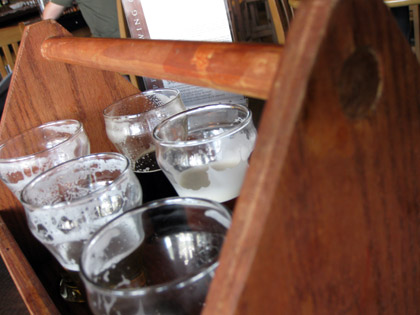Too much time on the road? I thought I posted this and some other bid of news last week, but just found it in my draft cue. With a few revisions, because Jonathan moved to quickly to get the Google group going, here’s the top item. The others also need a little updating, perhaps later today (today being Croatian time).
Chatter continues here and there about the possibility of a beer blogging conference, mentioned here a while back, and also opportunities for bloggers to work together. So a couple of quick thoughts:
* It won’t happen over night, so maybe we begin with regional meetings as suggested here by Alan.
* Such meetings would be facilitated by the Google group suggested and quickly created by Jonathan Surratt. This is something that would help us all every day of the week. It would also make it easier, for instance, for five bloggers to discover they’ll be at the Great Taste of the Midwest and arrange a meeting. Or perhaps a group Twitter effort. One note I read from the American Wine Bloggers meetup is that everybody was twittering.
* If we all end up at a American Beer Bloggers Conference the event will be a reflection of the beer blogging community, and while our blogs have a lot in common with wine blogs I think the agenda would be much different than at the wine conference. One of the best posts out of that one came from Steve Heimoff (be sure to read the comments as well.). I like wine and I like wine blogs, but one of the joys of life is that beer and wine are different. There’s no reason beer and wine blogs shouldn’t be as well.

 Can I plead a dog lapped up my beer homework?
Can I plead a dog lapped up my beer homework?